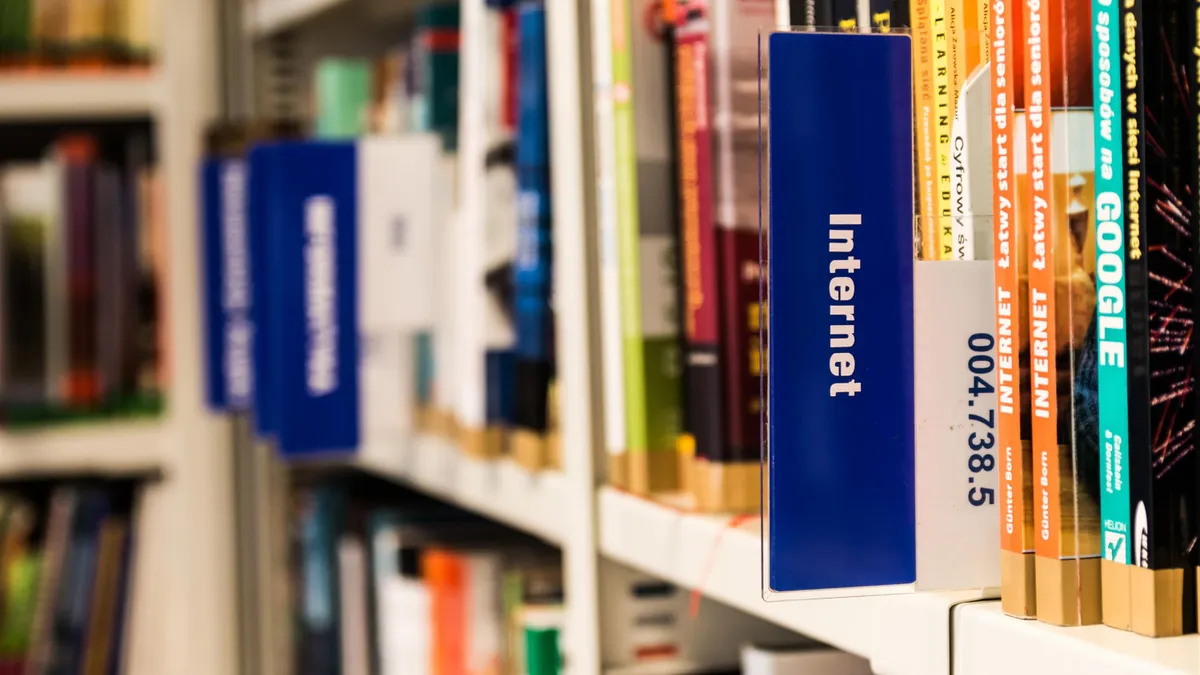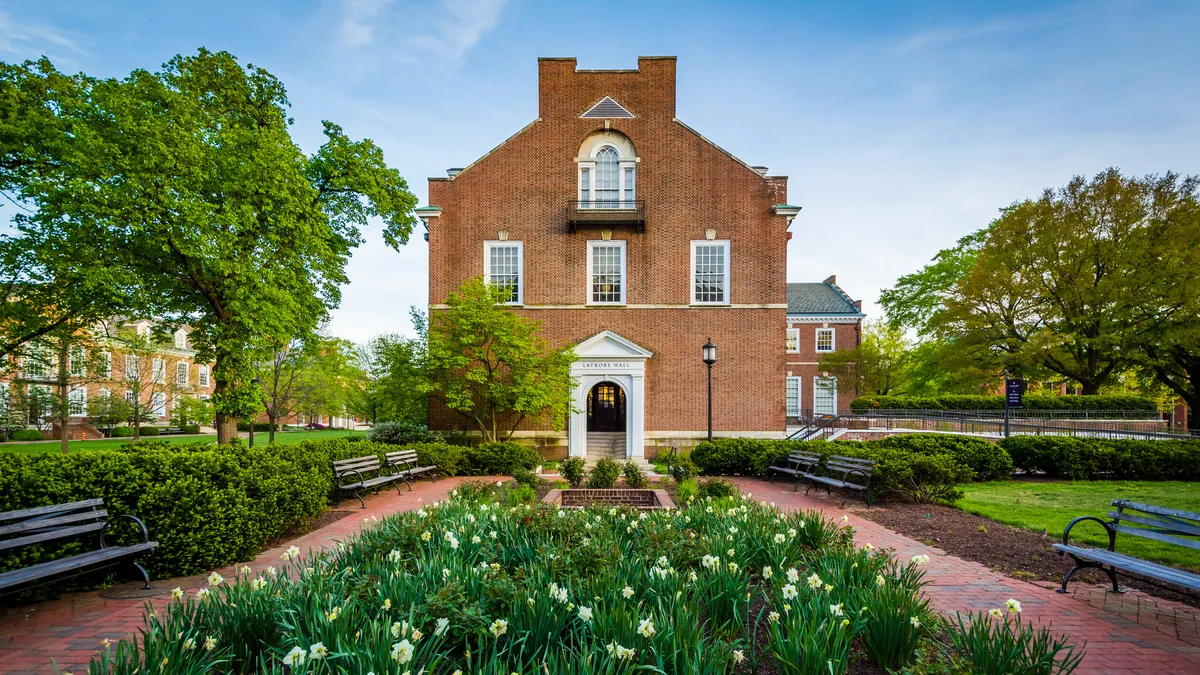The personalization of learning isn’t just a trend – it’s integral to the evolution of 21st-century education. And it’s here to stay.
Of course, expectations around personalization extend far beyond the learning experience. As consumers aided by technology, students enjoy opportunities to customize everything from their favorite drink at Starbucks to their family vacation at Disney World. They bring these expectations with them to school, whether on campus or online. Their campus bookstore is no exception.
Every school has its own distinct population of students. Every student has a different set of needs. Today’s campus bookstore must be tailored to the unique needs of each student population – and each school – to support their desired academic experiences and successes. Physical store locations still matter, but e-commerce options and virtual stores add greater choice and flexibility to the mix.
Brick and mortar: still relevant
Most college students are digital natives, but they still look for offline options. In fact, 89 percent of students prefer to shop in store, according to Barnes & Noble College’s Future of Retail: Path to Purchase study. Part of the draw is the ability to physically touch and try merchandise. Many students also appreciate the customer service touchpoint. In a brick-and-mortar location, staff are often students themselves, bringing shared experiences and relevant perspectives as they answer questions and walk customers through course material options.
Many campuses also look to their bookstores to offer more than retail operations. Barnes & Noble College has helped many schools establish the campus bookstore as a hub of activity, supplementing core campus locations like academic buildings, dorms and student unions. Students choose the bookstore for group project work, job interviews and meet-ups for coffee. When they buy spirit gear for big games and snacks to fuel all-night study sessions, it cements the bookstore as an important part of their academic and social life. The relationship between students and the bookstore translates into a deeper connection over time, as alumni visit the bookstore when they return to campus and look for school-branded merchandise online.
Brick-and-mortar stores still play a vital role for many colleges and universities. However, these stores don’t all have to look the same, offer the same merchandise or address the same priorities. More schools are choosing hybrid bookstore solutions tailored to their students’ needs and institutional objectives – and that means exploring virtual options.
Hybrid solutions: virtual in the mix
The majority of students prefer to shop in store, but not all students attend classes on campus. Bookstores can serve as a social hub, but their real estate is limited at some schools, with few opportunities to expand. There are countless factors that colleges and universities must weigh as they’re looking at bookstore options.
Barnes & Noble College stays in constant communication with campus partners and potential new partners – schools of all shapes and sizes. Some schools from across the spectrum are looking at hybrid bookstore solutions that combine a physical store location with a virtual course materials store. Each school has unique goals and challenges to meet and serves a student population with unique needs and preferences. Barnes & Noble College can create an individual solution to match each school’s parameters. This capability is fueled by the acquisition of MBS Textbook Exchange, the largest contract operator of virtual bookstores for the institutional client market and one of the largest used textbook wholesalers in the U.S.
“From the moment we walk into a school, our focus is on their goals and how we can craft the right solution by picking and choosing among every one of our capabilities,” says Jeff Miller, Vice President of Sales and Marketing, MBS Textbook Exchange.
“Hybrid solutions from Barnes & Noble College and MBS mirror the greater consumer trend toward e-commerce options and the comfort people have with browsing and buying online,” Miller says. “However, what’s great is that we can still have as much of a local presence as a school chooses. They can have a brick-and- mortar location, local distribution capabilities and customer service based locally, no matter what mix of course materials and merchandise they choose to offer in store vs. online. Students can use their campus cards or their financial aid. It’s all about helping schools find their best fit in a rapidly changing landscape.”






